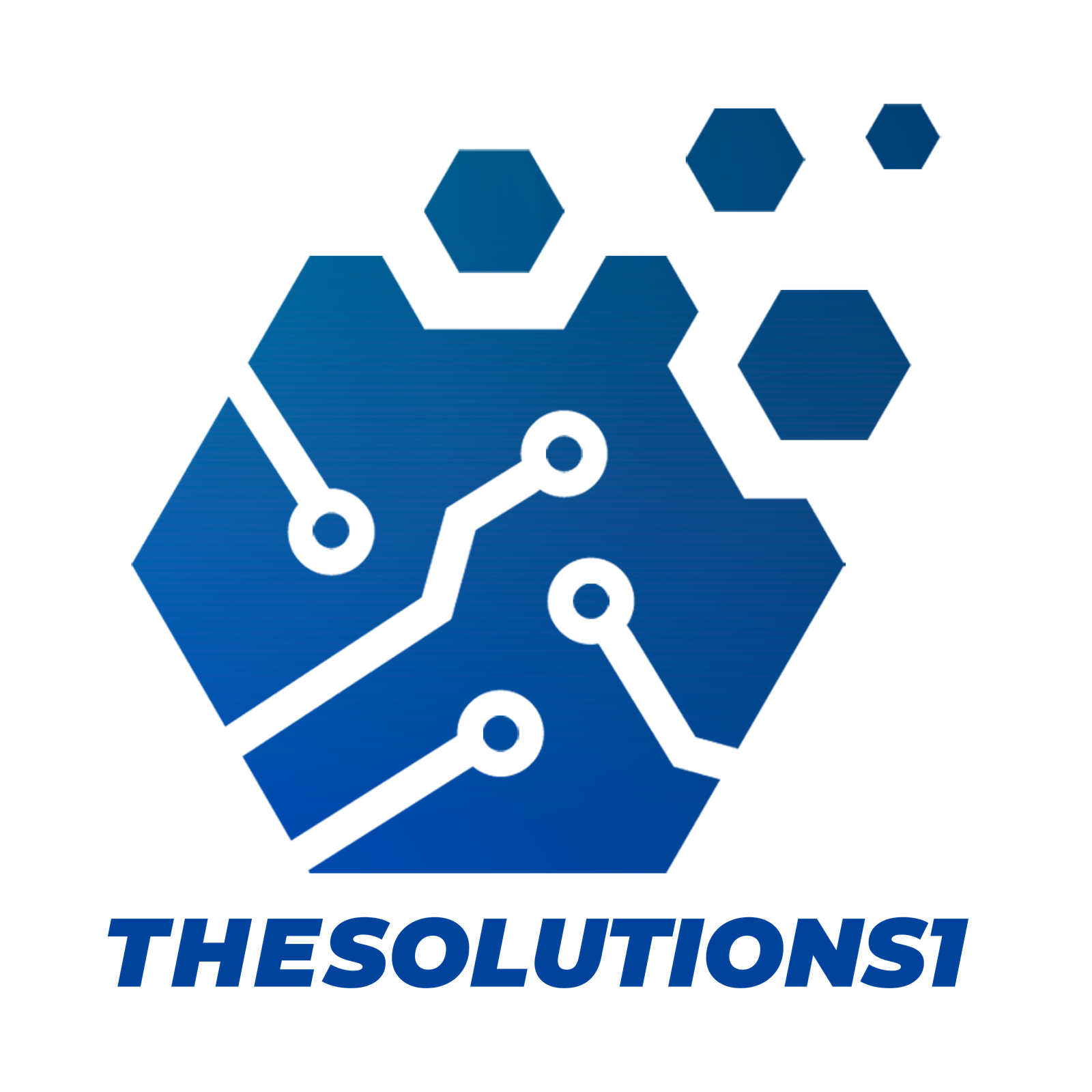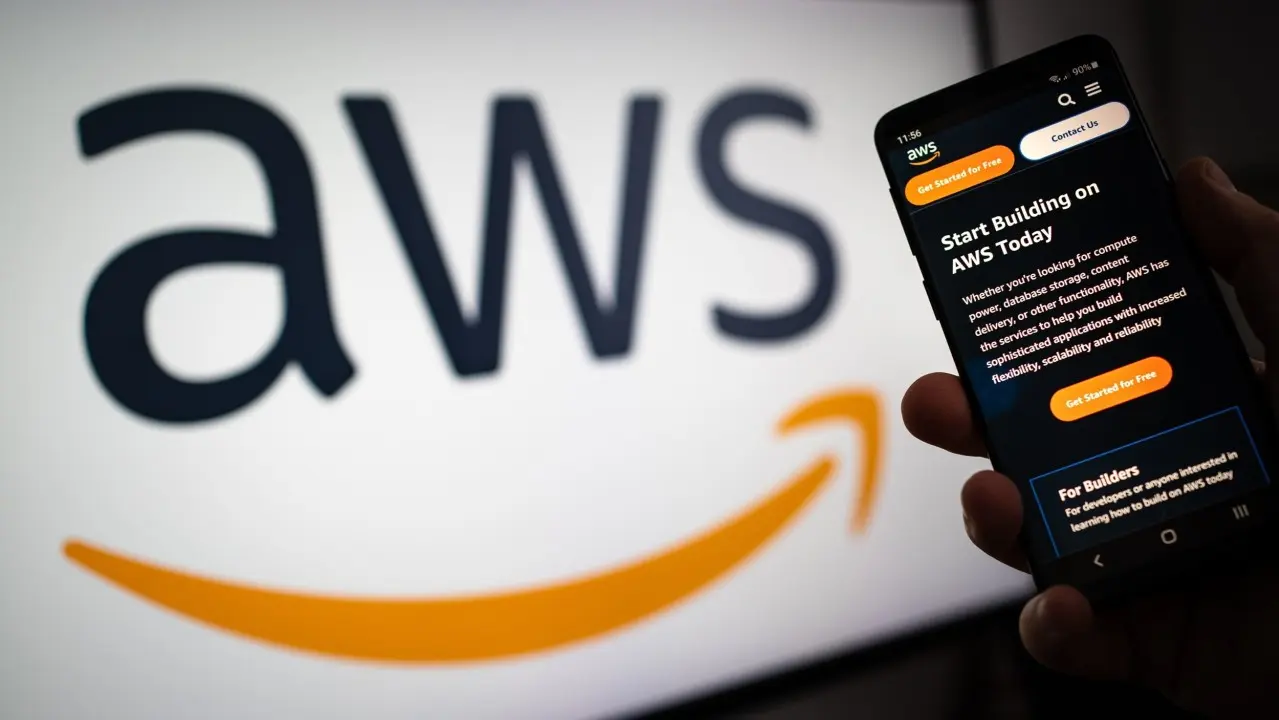While generative AI dominates headlines and boardroom discussions, a quiet revolution is taking place beneath the surface. Organizations are fundamentally reimagining how they approach innovation, experimentation, and data sharing – and it’s these changes, not the technology itself, that will determine who succeeds in the AI era.
“There’s a massive transformation happening in how organizations are approaching experimentation and innovation,” explains Tom Godden, Enterprise Strategist and CXO Advisor at Amazon Web Services (AWS). “I’ve seen the beginnings of a distinct move away from what I’ll call the perfection paralysis mindset.”
Reimagining The Center Of Excellence
One particularly intriguing shift is happening in how organizations structure their AI initiatives. The traditional Center of Excellence (COE) model is being turned on its head. “What I’m usually advocating for now is the center of engagement,” says Godden. “It’s not about a small group of experts dictating best practices… it’s about creating an environment where everyone is encouraged to experiment, report results, learn from success and failures.”
This shift is already bearing fruit. Godden shares an example of a manufacturing company that “completely reimagined their approach to technology adoption” by creating innovation pods – cross-functional teams combining business and domain experts with technical specialists, empowered to experiment with AI use cases. These pods represent a fundamental shift in how organizations approach experimentation and innovation, moving away from what Godden calls the “perfection paralysis mindset.”
Breaking Down Data Silos: From ‘Why Share?’ To ‘Why Not?’
Perhaps the most significant transformation is occurring in how organizations think about data sharing. The old mentality of treating all data as crown jewels is becoming obsolete. As Godden points out, “If you had a marketing team that had a lot of valuable customer preference data, but doesn’t share it with product development, you’re not just missing opportunities. You’re hampering your ability to compete.”
One financial services company has found an innovative solution through “data discovery days” – regular events where teams showcase their data assets and potential use cases. This approach has led to unexpected collaborations between departments that previously didn’t even know certain data existed. According to Godden, companies need to pivot from asking “why should I share this data” to asking “why wouldn’t I share this data?”
What Makes Data ‘Good’ For Generative AI?
Despite widespread agreement about data’s importance – with 93% of chief data officers acknowledging its crucial role in AI success – many organizations struggle to adapt their data strategies. Godden outlines five essential characteristics of “good” data for generative AI:
First, data must be trustworthy and verified – what Godden calls the “proverbial good housekeeping seal of approval,” ensuring it comes from verified sources and is safe to use in language models. Second, it needs to be current and well-governed, as illustrated by Godden’s cautionary example from a health insurer where historical data recommended people take up smoking – highlighting why outdated data can be dangerous. Third, it must be accessible across the enterprise, breaking down departmental silos. Fourth, data should be representative and inclusive to avoid perpetuating biases, requiring diverse data sets and diverse groups governing that data. Finally, security is non-negotiable, particularly when dealing with internal data and language models, which is why the AWS strategy focuses on bringing models to the data rather than the other way around.
The Human Side Of AI Adoption
Success with generative AI isn’t just about technology and data – it’s about people. Organizations need to foster what Godden calls a “culture of experimentation,” where innovative thinking is rewarded and calculated risk-taking is encouraged. According to Godden, effective data champions need to be individuals who “match their IQ with their EQ,” combining domain knowledge with technical expertise. They should focus on “governing by enabling rather than governing by restricting,” making it easy for people to do the right thing.
Looking Ahead: The Next Wave Of Innovation
The convergence of IoT and edge computing with AI capabilities is opening new frontiers. As Godden explains, we’re seeing “the beginnings of advances and ML algorithms and silicon to be able to create that next generation of IOT devices to be able to run without requiring an internet connection or a local data center.” Digital twins are becoming increasingly sophisticated, moving beyond simple monitoring into predictive maintenance and experimentation, particularly in manufacturing and healthcare settings.
But perhaps most importantly, sustainability is becoming a crucial consideration in AI implementation. As Godden notes, “We need to be leaning into these technologies in an excited way, but doing it in a way that is sustainable for our environment and our society.” He points out that cloud computing can significantly reduce carbon footprints, with AWS infrastructure being nearly four times more efficient than the median for U.S. data centers.
The Path Forward
The message is clear: while generative AI offers extraordinary potential, success depends not on the technology itself but on the foundational elements of culture, data strategy, and human capability. Organizations that focus on these elements while fostering a spirit of experimentation and collaboration will be best positioned to harness AI’s transformative power.
As Godden succinctly puts it, “Turns out that people are pretty important in any transformation.” Indeed, in the rush to embrace AI, we must remember that technology is just one piece of a much larger puzzle.
Credit: Bernard Marr




